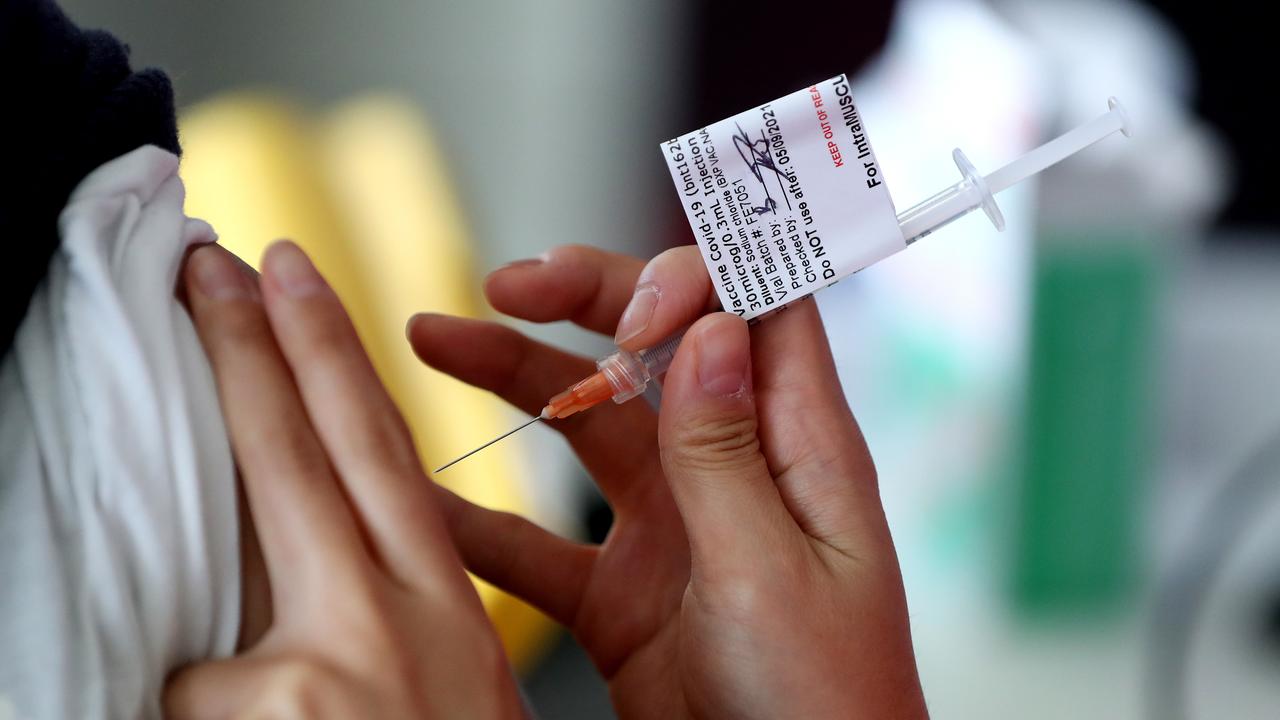WHAT WAS CLAIMED
A newly released Pfizer document reveals graphene oxide is an ingredient of its COVID vaccine.
OUR VERDICT
False. The document references graphene oxide as it was used to assist with imaging of the vaccine under a microscope. It is not an ingredient.
Previously debunked claims that the Pfizer COVID vaccine contains graphene oxide have been given fresh life following the release of documents under freedom of information (FOI) laws.
One document in particular has sparked multiple blog articles, such as here, which in turn have prompted a wave of social media claims, such as this Instagram post, as well as Facebook posts here, here, here and here.
They all misrepresent the document to say it confirms graphene oxide is a vaccine ingredient.

Experts who read the document for AAP FactCheck say the section quoted in the posts confirms graphene oxide has nothing to do with the vaccine formulation or manufacture, but is used to assist with imaging of the vaccine.
The Pfizer document titled "Structural and Biophysical Characterization of SARS-CoV-2 Spike Glycoprotein (P2 S) as a Vaccine Antigen" is one of a number of documents hosted here after being released by the US Food and Drug Administration on March 1, 2023, following an FOI request.
The section of the Pfizer document being quoted in the posts is on page 7, under section 3.4 "Cryo-EM of P2 S".
The first sentence reads: "For TwinStrep-tagged P2 S, 4 μL purified protein at 0.5 mg/mL were applied to gold Quantifoil R1.2/1.3 300 mesh grids freshly overlaid with graphene oxide."
Social media users have taken this as evidence the vaccine contains the potentially harmful graphene oxide.

David Lynn, professor of systems immunology at Flinders University, examined the Pfizer document for AAP FactCheck and said this is not the case.
"Section 3.4 describes a microscopy procedure called Cryo-EM which is a widely used method using an advanced high-resolution microscope to resolve the 3-dimensional structure of proteins (in this case the [SARS-CoV-2] Spike protein)," Professor Lynn said in an email.
"EM stands for 'Electron Microscopy'. Graphene oxide is used as part of this microscopy method to provide a grid which stabilizes the protein for imaging with the microscope."
The Doherty Institute, a world-leading infectious diseases research centre based in Melbourne, confirmed the same information for AAP FactCheck.
"The use of graphene oxide (GO) in one of the preclinical testing documents for the Pfizer vaccine is completely disconnected to the manufacture and formulation of the vaccine product," an institute representative said in an email.
"In the part of the document referencing the use of GO, they are using it as a platform to hold the downstream component that is induced by the vaccine mRNA, so that it can be visualised under an electron microscope."
The institute representative said this was a "very typical procedure", concluding: "there is no GO in the vaccine or the cells that express the vaccine."

Paul Young, professor of molecular virology at the University of Queensland, also confirmed the document does not say graphene oxide is an ingredient of the Pfizer vaccine.
"The use of graphene oxide has nothing to do with vaccine formulation or vaccine manufacture and so never comes into contact with the manufactured vaccine that is ultimately given to humans," Professor Young told AAP FactCheck in an email.
"It is simply used in the process of visualising the structure of a sample of the vaccine to ensure it has the correct shape. This is all part of the testing and assurance process."
Dr Yi Ju, an Honorary Fellow in the Department of Microbiology and Immunology at The University of Melbourne, agreed, describing it as a thin support film for imaging.
Pfizer did not respond to an AAP FactCheck request for comment. But it has previously stated its vaccines do not contain graphene oxide, such as in fact-checks here and here.
Australia's Therapeutic Good Administration and the FDA both list the ingredients of the vaccine, see here and here. Graphene oxide is not listed.
The Verdict
The claim a newly released Pfizer document reveals graphene oxide is an ingredient of its COVID vaccine is false.
The Pfizer document in question has been misrepresented. Experts told AAP FactCheck the document's mention of graphene oxide relates to its use in assisting with the imaging of the vaccine under a microscope.
Experts, Pfizer, the TGA and FDA have all confirmed graphene oxide is not an ingredient of the vaccine.
False – The claim is inaccurate.
AAP FactCheck is an accredited member of the International Fact-Checking Network. To keep up with our latest fact checks, follow us on Facebook, Twitter and Instagram.












